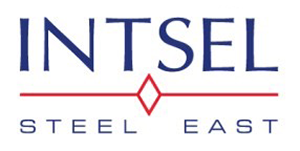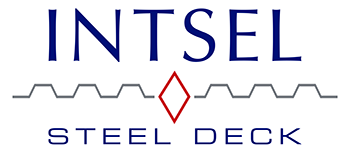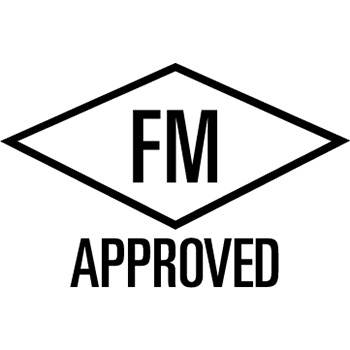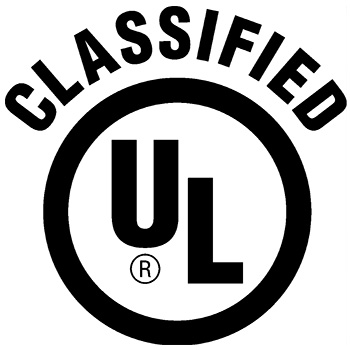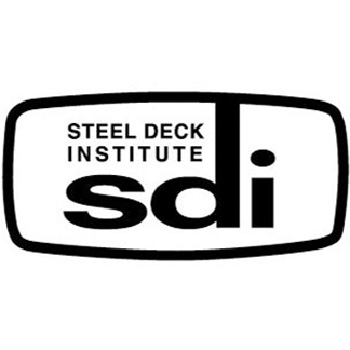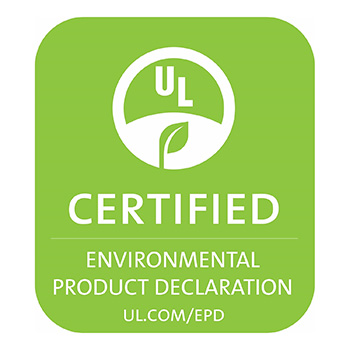A36 Steel Plates: Properties & Uses | An Overview
In 2020, the global steel plate market reached a value of $53.9 billion and is expected to grow to $65 billion by 2026. Over the years, steel has...
May 5, 2025
